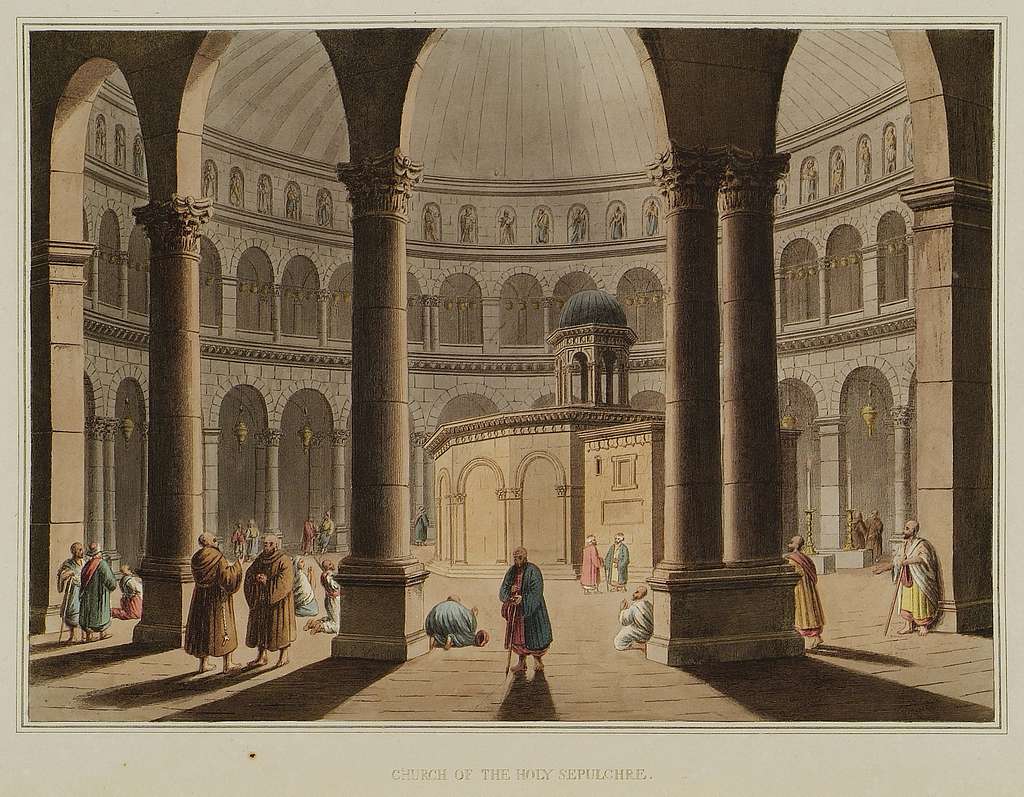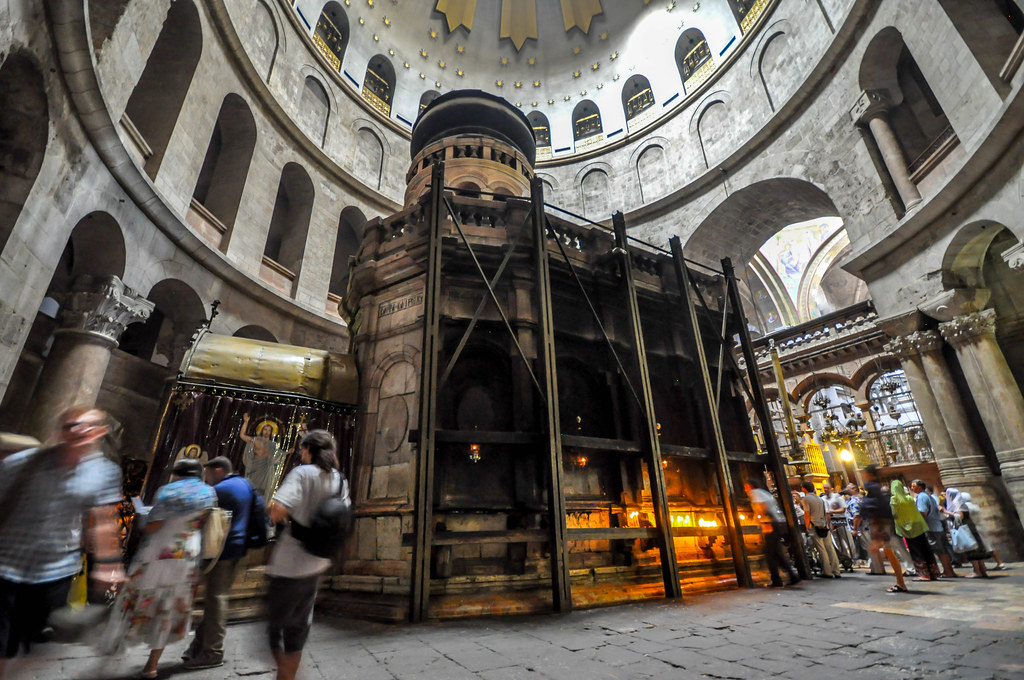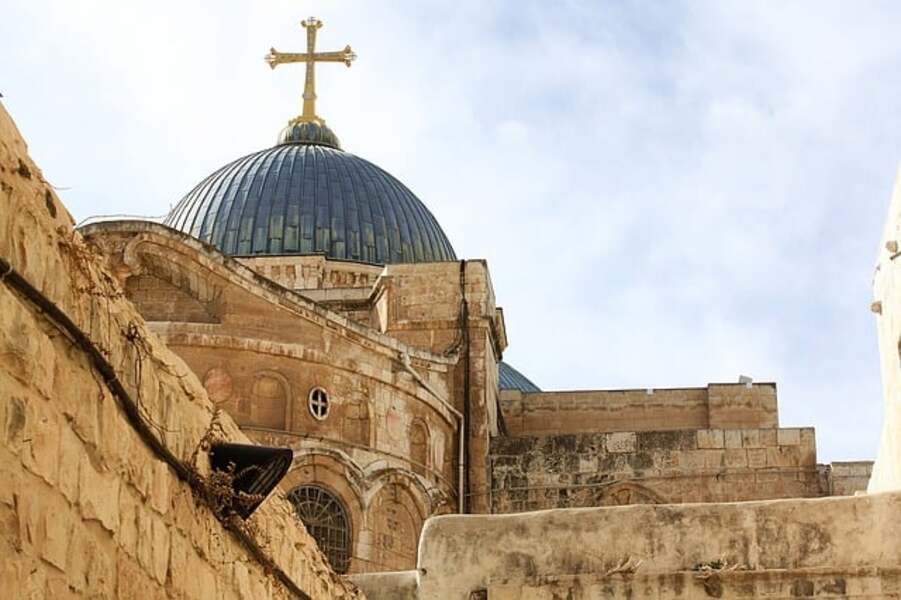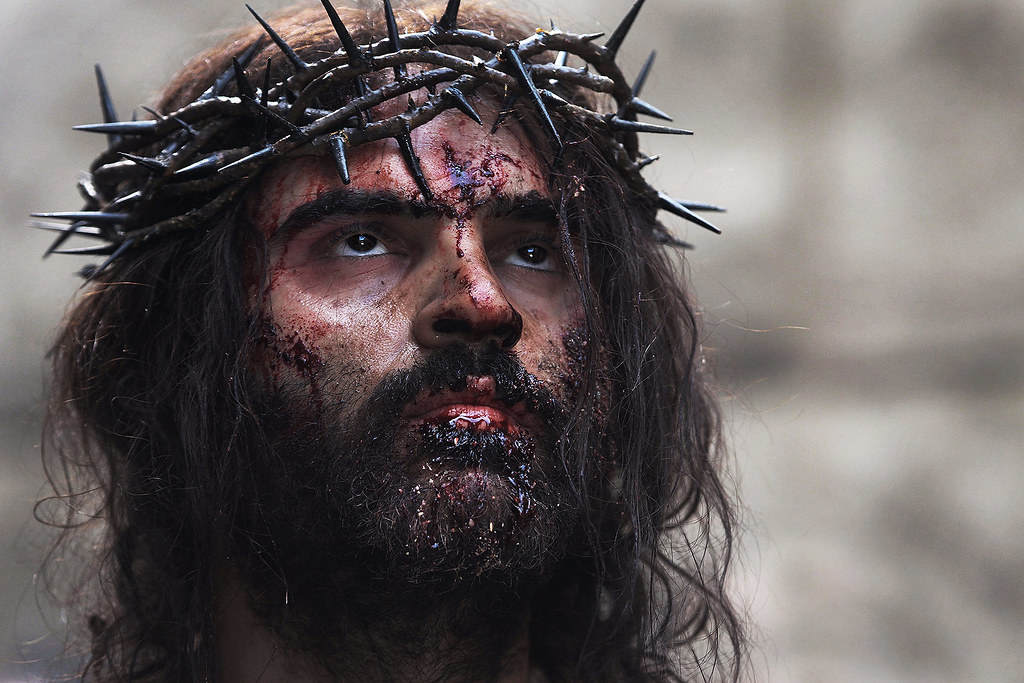Researchers Make a Stunning Discovery at Christianity’s Holiest Church
Archaeologists found the long-lost altar at the site believed to be where Jesus was buried and resurrected.
Archaeologists found the altar at one of Christianity’s holiest sites, which is also among the world’s oldest churches.
The Shrine Protecting the Burial Site
Roman Catholic and Orthodox Christians believe the ornate shrine called the Edicule encases the ancient cave where Jesus’s body lay entombed and was resurrected.

Source: PickPik
Builders constructed the shrine around the original cave, and it still stands in the Church of the Holy Sepulchre. Although a fire in 1080 nearly destroyed it, restorers rebuilt the shrine in 1810, but it appears to have received little maintenance since then.
The Decay of the Shrine
Unfortunately, the shrine was starting to show signs of deterioration. The stone walls were starting to buckle outward, and the structure was wearing down due to water, humidity, and candle smoke.

Source: Freepik
A restoration team from Athens spent nearly a year removing parts of the Edicule shrine and putting them back together.
The Necessary Renovations
“I would venture to say that if this intervention hadn’t happened now, there was a very great risk that there could have been a collapse,” said Bonnie Burnham of the World Monuments Fund, a nonprofit in New York, to NPR.

Source: Church of the Holy Sepulchre/Wikimedia Commons
But that restoration project also unveiled something believed to be lost in the 1808 fire.
The Altar
The eight-foot-long and five-foot-wide altar featured ribbon ornaments. These were part of Roman practice during Medieval times. Researchers believed the altar was consecrated in 1149 due to these markings.

Source: Church of the Holy Sepulchre
The team from the Austrian Academy of Sciences (OeAW) who made the find said, “Historians will find this discovery sensational in several respects.”
Discovering the Tomb
In 335 AD, builders constructed the church, nearly 5,400 feet in diameter, on top of a Roman temple dedicated to Venus, the goddess of love, beauty, and victory. Roman Emperor Constantine I commissioned the construction of the church. During the conversion, archaeologists uncovered a tomb believed to be the location where Jesus died nearly 300 years earlier.

Source: Jorge Láscar/Flickr
During the conversion, archaeologists uncovered a tomb believed to be the location where Jesus died nearly 300 years earlier.
Finding the Unusual Decor
Over the centuries, the church has been at the center of attacks and vandalism. However, the structure still stands and has been protected for years. Recently, researchers have noticed unusual decorations that looked similar to Cosmatesque artwork on the wall-facing side.

Source: Freepik
The team shared that guild masters in papal Rome exclusively practiced this special marble decoration technique, passing the skill down from generation to generation
Crafting the Tomb
Builders scraped medieval Roman marble from ancient buildings, forcing them to optimize every piece they could find to construct the structure around the tomb.

Source: Ian Scott/Wikimedia Commons
“Their solution was to put small marble pieces together with the utmost precision, attaching it in such a way as to create complex geometric patterns and dazzling ornaments,” the team added.
The Second Cosmatesque Art Work Outside Italy
The Pope cherished Cosmatesque artworks like this structure, which were so highly valued that they were rarely found outside of Rome.

Source: Ashwin Vaswani/Unsplash
Researchers found the only other Cosmatesque artwork outside of Rome in recent years at Westminster Abbey. Now, they’ve discovered this altar, making it the second one located outside of Italy.
A Holy Site
“The Cosmatesque altar now rediscovered in Jerusalem must also have been created with the Pope’s blessing,” said the researchers.

Source: Freepik
“By sending one of the Cosmatesque masters to the Kingdom of Jerusalem to make the new high altar in Christianity’s holiest church, the Pontiff supported Christianity’s claim to the city.”
Possibly the Site of Jesus’s Grave
In 2016, a conservation team from the National Technical University of Athens uncovered a limestone burial slab inside the tomb of Jesus, revealing it beneath layers of marble that had covered it since at least 1555.

Source: Pixabay
“We may not be absolutely certain that the site of the Holy Sepulchre Church is the site of Jesus’ burial, but we certainly have no other site that can lay a claim nearly as weighty, and we really have no reason to reject the authenticity of the site,” Bahat said.
The Story of Resurrection
Christian tradition teaches that after the Romans crucified Christ, they placed His body on a slab carved from a limestone cave. Scripture says He was resurrected three days later, and when women came to anoint His body, they found no remains.

Source: Steve Evans/Flickr
While evidence for this is not conclusive, Dan Bahat, a former district archaeologist in Jerusalem and Galilee, has referenced it.
